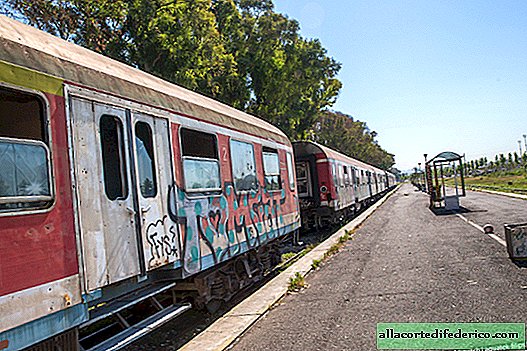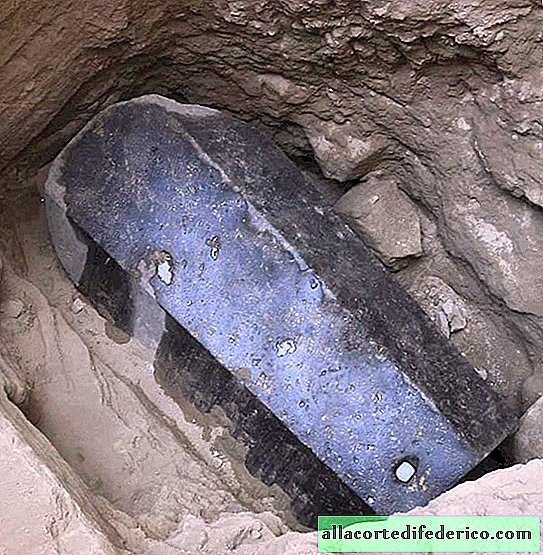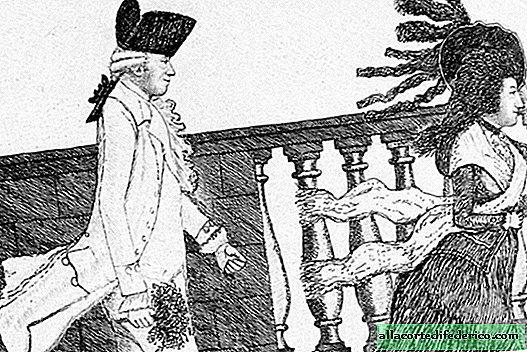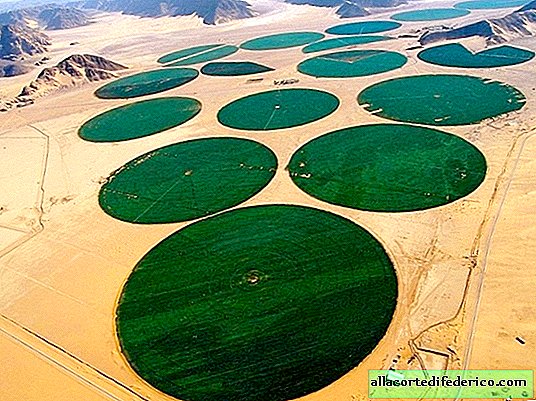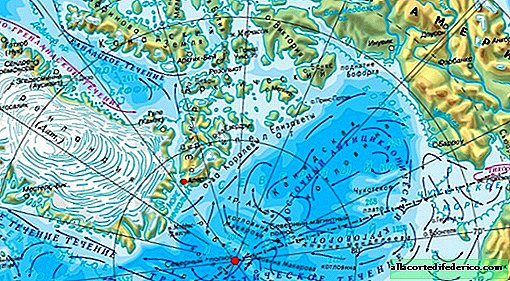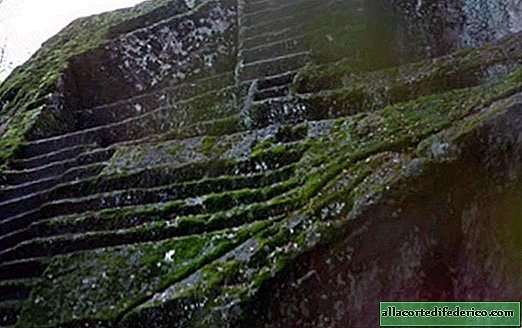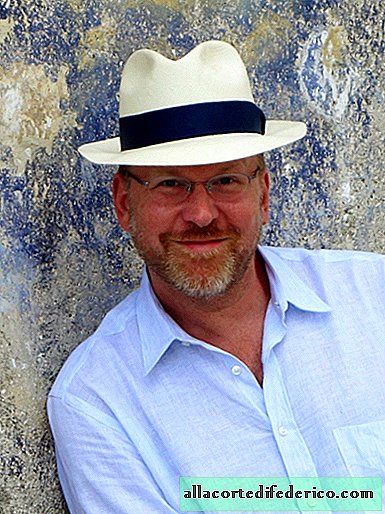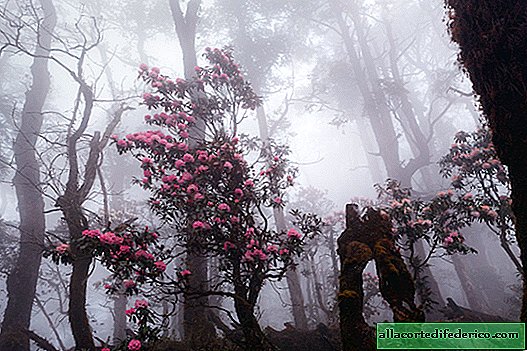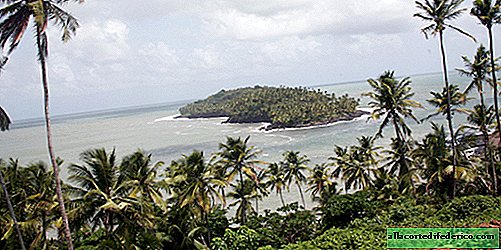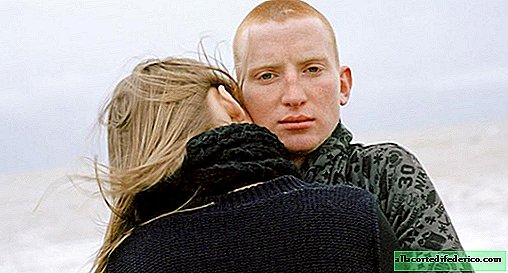December 21: the oldest New Year and the shortest day of the year
The winter solstice is an astronomical phenomenon associated with the maximum angle of inclination of the earth's axis relative to the sun. The winter solstice is the shortest day of the year in the northern hemisphere, and the height of the sun above the horizon is minimal. This date may occur on December 21 or 22.
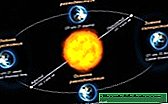
In ancient times, the winter solstice of different peoples of the Earth symbolized the beginning of a new year, the rebirth of the world after winter, the end of cold and darkness. In many cultures, this day was celebrated as a New Year holiday.
On the shortest day of the year, the ancient Slavs celebrated a pagan holiday - Kolyada. The advent of a new annual cycle was associated with him, and Kolyada himself acted as a baby sun.

Residents of Europe in the pre-Christian era also celebrated this day as a New Year holiday. In Scotland, it was customary to launch a sun wheel - a set fire to a barrel, coated with resin, which symbolized the solstice. Among the Germanic peoples, the pagan New Year was called Yule.
In ancient China, this day was also revered as a symbol of the rebirth of life. On the day of the winter solstice, no one worked, and everyone - from the emperor to a simple Chinese - rested and celebrated.
And in southern warm India, the winter solstice is still celebrated and is called this holiday - Sankranti. Singhs and Hindus light bonfires on the night before the celebration, symbolizing the warmth of the sun, which will soon warm the frozen Earth with its rays.

Today in Russia, the winter solstice is no longer celebrated as a New Year's holiday. This date in our minds is associated with the longest night and the shortest day of the year. In 2017, we will observe the winter solstice on December 21.
Most of the population of our country believes that the winter day has become very short, and the sun shines very low. But on the territory of Russia there are cities in which the sun has not been shining for three weeks, the polar night reigns there. Let's see how long this day will be in different cities of Russia.
| City | Day length | ||
| clock | minutes | ||
| 1 | Derbent | 9 | 6 |
| 2 | Vladivostok | 8 | 59 |
| 3 | Volgograd | 8 | 6 |
| 4 | Petropavlovsk-Kamchatsky | 7 | 24 |
| 5 | Novosibirsk, Omsk | 7 | 10 |
| 6 | Moscow, Kazan | 7 | 0 |
| 7 | Krasnoyarsk | 6 | 56 |
| 8 | Nizhny Novgorod | 6 | 53 |
| 9 | Yekaterinburg | 6 | 45 |
| 10 | St. Petersburg | 5 | 45 |
| 11 | Surgut | 5 | 26 |
| 12 | Mirny (Yakutia) | 4 | 49 |
| 13 | Oymyakon | 4 | 29 |
| 14 | Arkhangelsk | 3 | 53 |
| 15 | Anadyr | 3 | 46 |
| 16 | New Urengoy | 2 | 43 |
| 17 | Salekhard | 2 | 13 |
| 18 | Kandalaksha | 1 | 13 |
| 19 | Murmansk, polar night | from December 2 to January 11 | |
| 20 | Vorkuta, polar night | from December 17 to December 27 | |
| 21 | Norilsk, polar night | from November 30 to January 13 | |
If you look at this table, the realization that we live in a very large country takes place at a slightly different level. These are not dry square kilometers, but a difference in daylight hours of 9 hours! And on the day of the winter solstice in some cities of Russia, people will not see the sunrise. But in the summer this shortcoming will more than make up for the polar day, as if showing that nature is equally fair to all.


